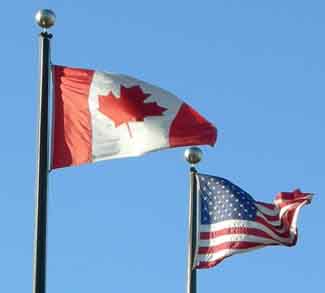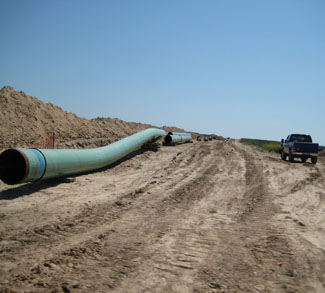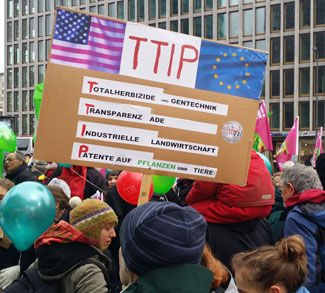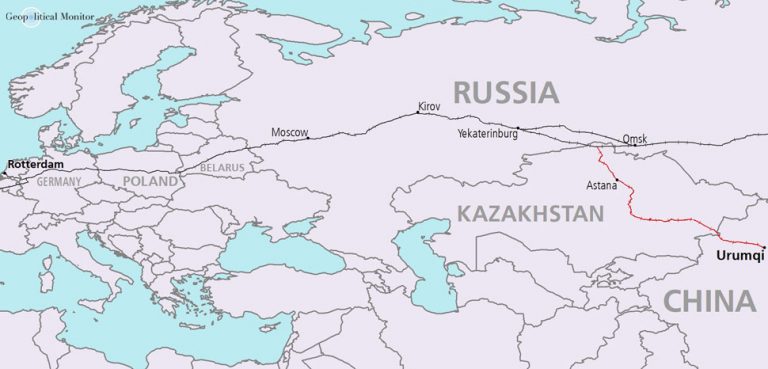Canadian attitudes towards their geography wax and wane as sure as the tide: sometimes proximity to the world’s foremost economic and military power is a blessing, and other times a curse. Against the backdrop of these changing opinions, Canada’s economic destiny has remained firmly fused to that of its North American neighbor. But will Asia’s emergence as a new global center of gravity change all that?
In Every Nation for Itself: Winners and Losers in a G-Zero World, Ian Bremmer argues that international politics are shifting away from the post-Cold War standard of US leadership and towards a multipolar landscape where nations are more evenly matched and thus less willing to take their cues from Washington. Bremmer argues that this system will reward countries that diversify their economic and political relationships over ones that are overly dependent on one power or another. For example, a country like Turkey which is positioned between East and West is better situated than a country like Japan that is heavily reliant on the US. The book identifies Canada as a ‘pivot power,’ that will benefit from the new order. Canada is one of the few developed countries to be singled out, with the rationale being that Canada has been diversifying its trade links away from the United States, and that Canada has what the world wants: natural resources.
But has Canada really shaken its traditional economic reliance on the United States? According to Statistics Canada, around 74 percent of all Canadian exports flowed southward to the US in 2011. This number is down from 79 percent in 2007, indicating a noticeable downward trend, though one that’s hardly indicative of a fundamental decoupling from the US economy. For further perspective, the share of Canada’s total 2011 exports to the UK, China, Japan, and Mexico were only 4.20, 3.76, 2.38, and 1.22 percent respectively.
This trend is more the result of trade flows being re-routed by the Great Recession rather than the fruit of any concerted effort on the part of the Canadian government. In fact, the Canadian government under Stephen Harper seemed content to use the threat of greener economic pastures elsewhere in the world as leverage to further fuse the US and Canadian economies by way of the Keystone XL energy pipeline. It was only after President Obama delayed the project that the Conservative government in Ottawa got serious about Canada’s own ‘Pacific pivot.’ This took the form of a drive for Canada to join the APEC Trans-Pacific Partnership (TPP), a free trade zone that seeks to bring together Japan, the United States, Australia, New Zealand, Chile, and Vietnam. The Harper government also began to promote the Northern Gateway pipeline in earnest, a project that seeks to pump Canadian energy supplies to terminals on the west coast for shipping to Asian markets.
The Canadian government has also been working to establish a network of bilateral free trade agreements in the Americas and beyond. Colombia became Canada’s newest free trade partner in 2011, after Peru in 2009. Honduras, Panama, and Jordan have all concluded agreements that have yet to come into force, and negotiations are still on ongoing with a slew of other countries, including India, Japan, Korea, Singapore, and the Ukraine. Negotiations with the European Union are also taking place, and a joint EU-Canada study recently found that a free trade agreement could boost Canadian exports to the EU by 20 percent by 2014.
But as impressive as this global push may seem on paper, the old spectre of geography still has a say in US-Canadian trade relations. It’s simply easier to ship products to the United States by virtue of its proximity, and most of Canada’s existing infrastructure reflects this reality in a north-south orientation. While it’s an encouraging sign that British Columbia is expanding port facilities and diversifying its trading partners (in 2011, BC’s traded more with Asia than the US), other Canadian provinces still have their hands tied because their goods simply can’t get to said facilities in a way that’s timely and cost-effective. Changing this state of affairs will require not just financial, but political capital as well. As the ongoing debate over pipelines and port expansion so clearly illustrates, the Canadian public isn’t sold yet on the primacy of growth over environmental conservation.
Thus, while Canada is definitely on its way to a more diverse international trading portfolio, there’s still a long way to go before it can credibly claim to have ended the overreliance that has characterized Canada’s economic relations with the US for decades.




